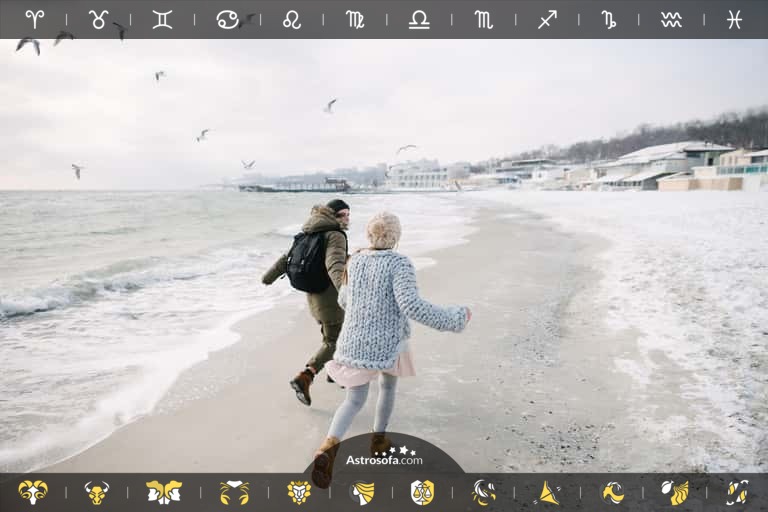
Birthday
Isaac Asimov
Isaac Asimov was born on 2 January 1920 in Petrovich, Russia, and is one of the most famous science fiction authors. He emigrated to the USA, where he became an author, biochemist, and professor of biochemistry. Asimov is best known for his works in science fiction, fantasy, and non-fiction. He is considered one of the most prolific and influential authors in science fiction and has received numerous awards for his works. Asimov died at the age of 72 on 6 April 1992.
Some of Isaac Asimov's most famous and important works are:
- The Robot Series : This series includes several novels and short stories in which Asimov presents his "Three Laws of Robotics" and explores the relationships between humans and robots in the future.
- The Foundation Trilogy : This three-part series is about a group of scientists who try to shape the future of human civilization by establishing a "foundation." The trilogy is considered a milestone of science fiction literature and has brought Asimov international fame.
Saint's day
Weather Proverb

Birthday: Capricorn
Chinese zodiac sign:
龍 Water Dragon
26,048 days ago (71 years, 3 months, 25 days)
Daily aspects

This trine is a unique aspect. It promotes your well-being, gives you strong vitality, success in life, general popularity, professional and social advancement, and a strong sense of justice.

The Leo Moon makes us dominant and confident. Since Leo is the symbol of self-expression, theater, and stage, we can define the orientation as external. You can be very creative. But flirting, pleasure and enjoyment are also part of those Leo days after all the whole world is ultimately one big stage and we are all actors.

The Trine between Venus and Saturn makes you thorough and precise. You are loyal and sincere. You master your character, are persistent, focused, and decent. You like simplicity and unobtrusiveness at this time. It is also a good time for committed relationships and marriage.

This aspect between Mercury and Neptune gives you a refined mental sensation, keen intuition, rich world of ideas, and a sense of poetry and art. You can realize your plans and have high hopes and beliefs. It's a fun time to go out on dates where you should make the extra effort to look really good. You'll get a lot of natural inspiration if you're an artist.
Current timezone: Asia/Tokyo (UTC +09:00). change timezone
Calendar
Please choose a day:



